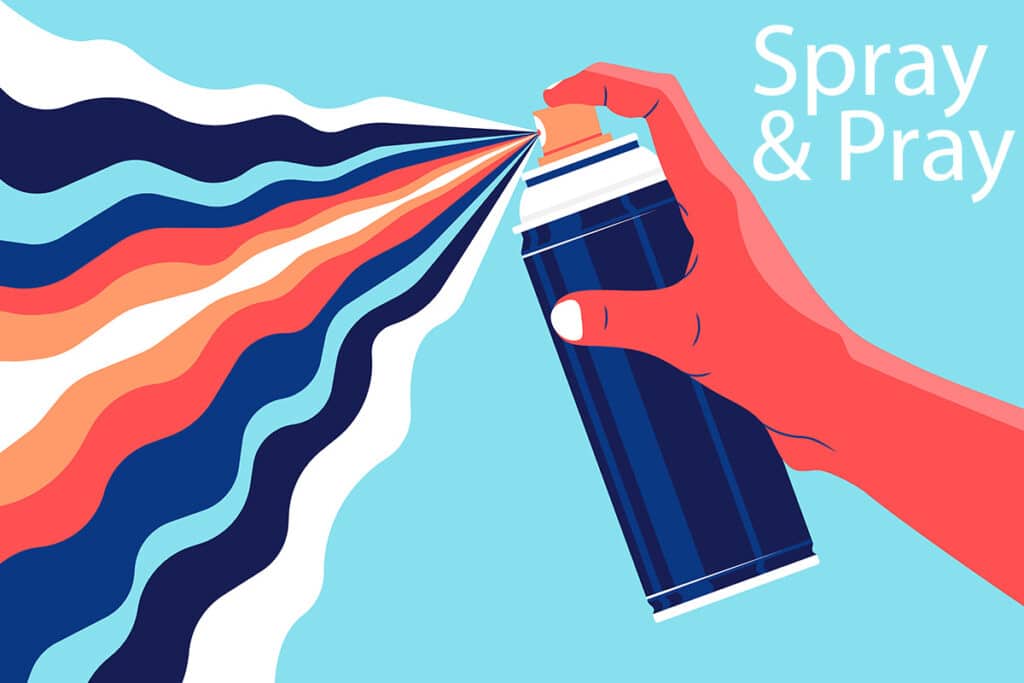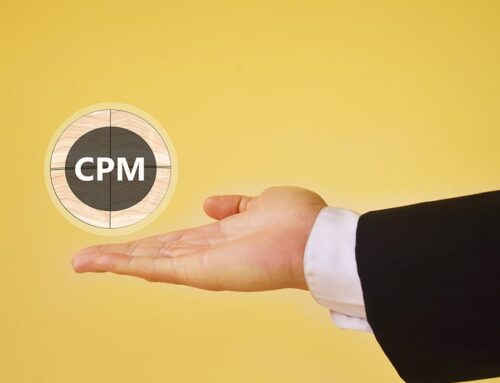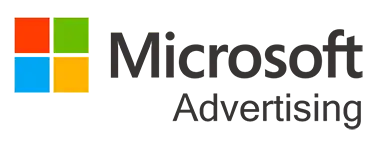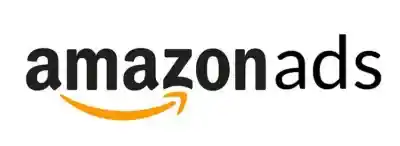What is Spray and Pray Advertising ?
The "Spray and Pray" Advertising method, while often criticized for its lack of precision and efficiency, can still be effective in certain contexts, especially when the goal is to maximize exposure and reach a broad audience rapidly. This marketing approach involves disseminating your advertising message across a wide range of channels without a specific target audience in mind, hoping that it will reach potential customers to get the desired results. Sometimes Email marketing companies will adopt a similar type of approach to market to large audiences quickly and cost effectively.
Why Spraying and Praying Advertising Works
Search for "Spray and Pray" advertising techniques and you will find no limit to the number of experts touting the many pitfalls of this advertising approach.
But what if all the negative hype in actuality has opened up an ideal avenue to successfully utilize this technique? The Spray and Pray method is standardly defined as exhaustive oversaturation of all possible marketing and advertising channels hoping that conversion will follow from the extensive impressions. There are inherently many concerns about this marketing method, and it can absolutely be executed in an ineffective manner. But what about when it is the right choice?
Effective advertising campaigns on a brand-level require saturation of the market to ensure brand-recognition is optimized. So spraying, as it were, can be extremely valuable as a means to reach consumers on various platforms thereby creating harmony in marketing and allowing the consumer to build a subconscious preference for this brand. The second aspect of spraying and praying is where pitfalls often creep up. Praying in a marketing campaign can be summarized as acting in hope without tangible action taken to assure success. This looks like a lack of strategic audience identification, segmentation, and targeting. It also is revealed when an agency fails to set up success metrics to monitor the advertising and adapt for optimal conversion.
Could Spray & Pray Advertising work for Prospecting Campaigns ?
Hyper targeted advertising can be seen as the antithesis of Spray and Pray, but this does not mean that Spray and Pray methods can't be combined with intentional targeting. The impact of this type of broad reach advertising requires a large enough audience that omnichannel exposure ensures enough top of funnel contacts to convert to end buyers. Hyper targeting is only useful when seeking out buyers as part of a highly limited demographic, such as those who hold a job title with buying power for a finite industry. This is why Spray and Pray is typically utilized for B2C campaigns. B2B advertisers can also benefit from the spray and pray method as businesses still purchase as individuals, and the human experience of multi-channel exposure is universal. But some corporate ads can feel out of place or disingenuous if served on the wrong channel – therefore requiring additional care. Consumers, on the other hand, are expecting social, search, blogs, and trusted websites to provide them with the very best option to buy what they need in relation to what else they are looking at. When a product shows up in multiple trusted sites, especially in a variety of ads, the consumer gains confidence in the authority of the brand and will be more likely to consider the product.

What is the Spray and Pray Approach?
Typically Spray and Pray describes a massive oversaturation in marketing and advertising channels in order for them to get converted. The method presents inevitably numerous risks, which are completely ineffective.
- Audience – Is your ideal audience a small finite group or an expansive market? Omnichannel marketing is always an effective tool and Spray and Pray capitalizes on this especially when working with demographic data for targeting vs. hyper targeted finite groups of buyers.
- Campaign Type – Are you looking to launch a new product? The spray and pray marketing method will be ideal to ensure all consumers are introduced to the product and it is reinforced across channels. You only have one chance to launch a product, don't let it grow cold by only letting a few people know about it.
- Creative Assets – Plan for a variety of formats as well as visual elements and messaging. You want the product or services to be front and center with your consistent branding but the variety in ad content will reinforce your message. Utilizing only one visual and message can make the consumer feel overly targeted, creating a negative association with the product.
- Target with Time and Day Parting – Here is where we don't just rely on praying but intentionally use data on your audience's activity to target when to budget the most for impressions on your ads. Target your timing based on when your audience is most active and likely to engage. This will help you hit the mark.
- Frequency Capping – Another way to avoid budget burn-out is through intentional frequency capping. How many times do you want a consumer to see the same ad within a 24 hour period? What about within a month? Effective marketing agencies know the ideal way to reach your consumer, reinforce your message, and do so at a frequency that optimizes the impact and does not harm their perception nor waste valuable impressions.
What we Recomend for a Spray and Pray Campaign
- Have a Target Category or Context in mind like an IAB category. ie Food or Recipes
- Short Flight Dates ie a weekend or a few days in the lead up to sales campaign.
- Make the messaging impactful and memorable.
- Relevant for the Customer – what's in it for them ? does it matter ?











